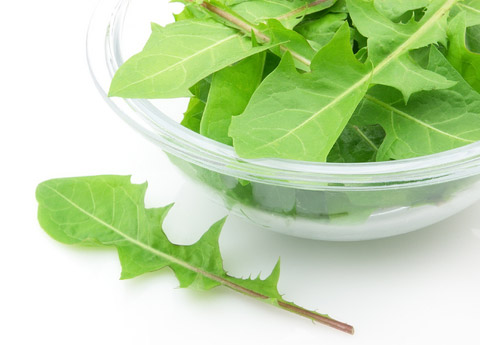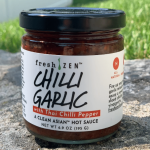Cooking Advice
How to Cook Dandelion Greens | Yankee Kitchen
Melting snows predict the end of winter, but only the appearance of the first spring greens finally confirms it. Dandelion greens are among the first that Yankees swear by, come spring. If you want to cook dandelion greens, the lawn may be the last resort for harvesting. Hunt instead in the fallow garden or along […]

Coffee By Design | Portland, Maine
Photo Credit : Katherine Keenan






